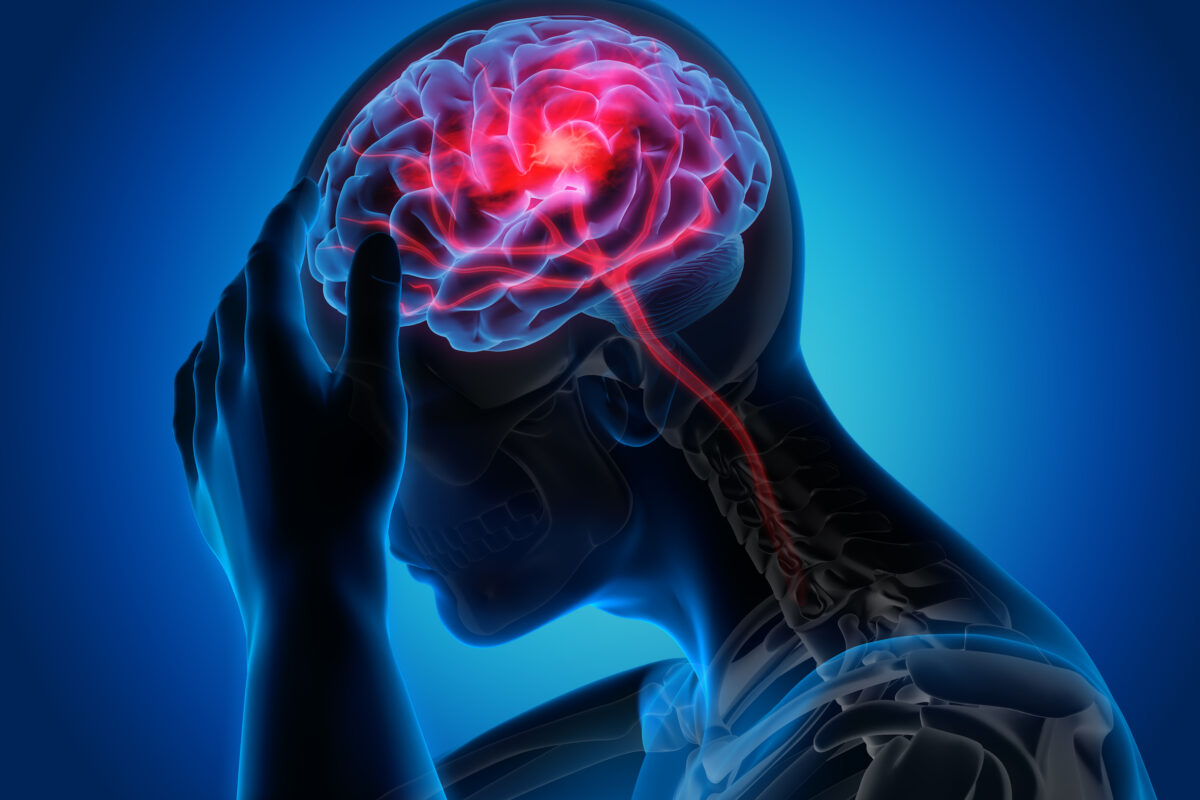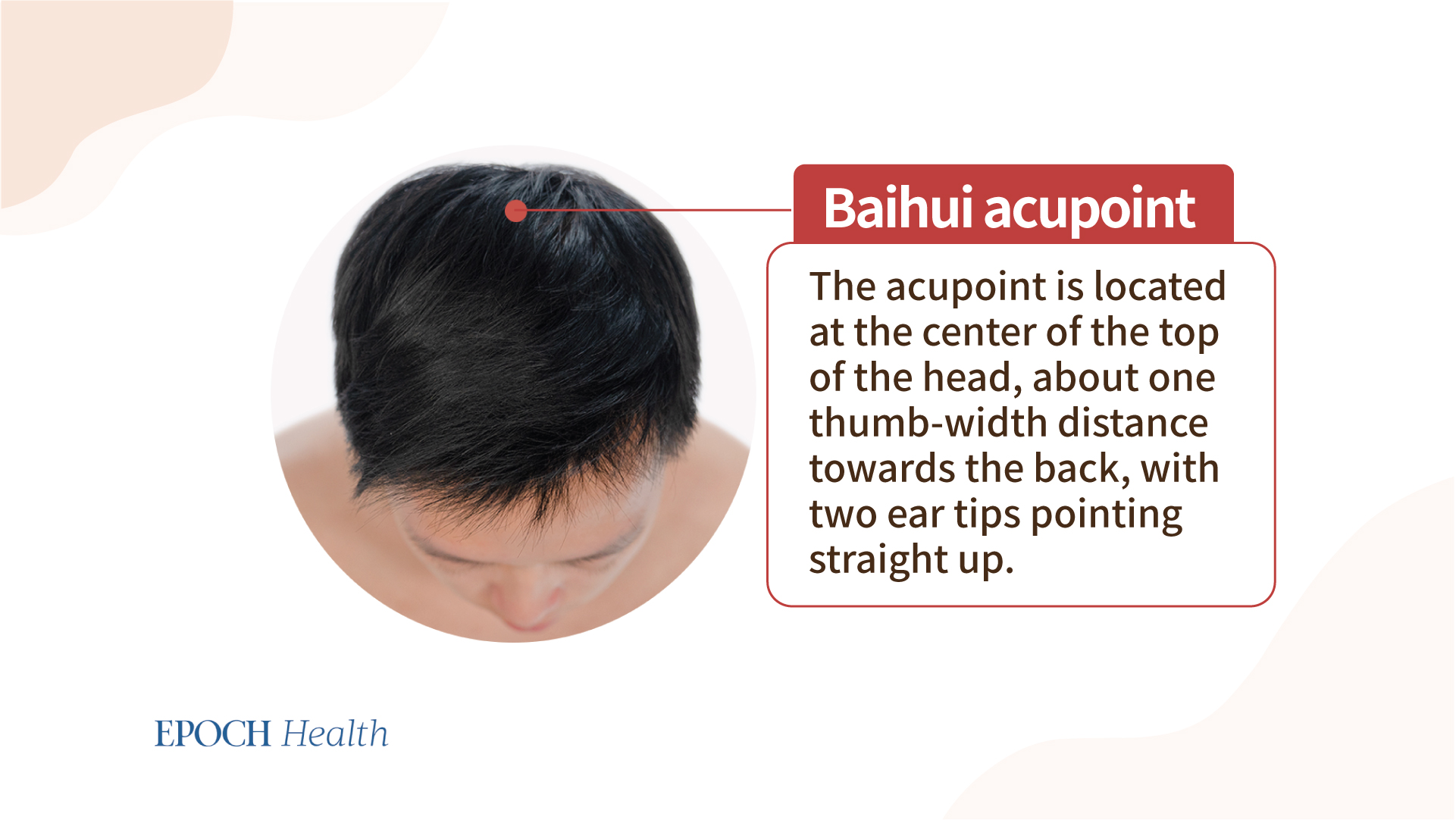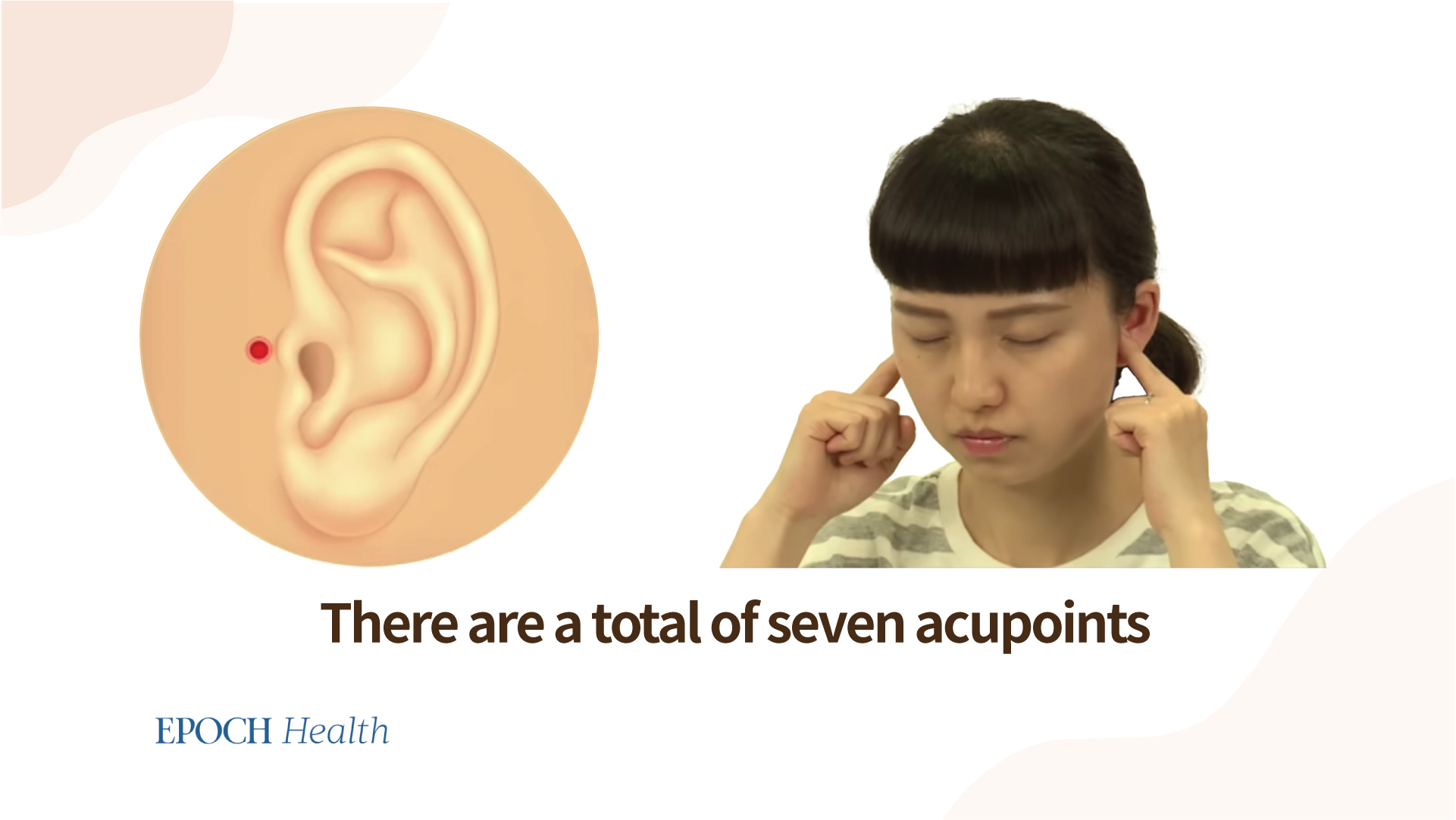

Unlocking the Secrets of Ancient Wisdom: 5 Methods for Lowering Blood Pressure and Preventing Stroke

Stroke is a medical condition that occurs when blood vessels in the brain are blocked or ruptured. As the fifth leading cause of death in the United States strokes are a major cause of disability. In addition, research has shown that COVID-19 infection can increase the risk of stroke.
Fortunately, there is also growing evidence that combining acupuncture with Chinese herbal medicine can offer a new approach to aid in the prevention of strokes and lowering high blood pressure.
Data from the Centers for Disease Control and Prevention (CDC) reveals that in the United States, someone has a stroke every 40 seconds, and someone dies from a stroke every 3.5 minutes. Every year, more than 790,000 Americans suffer from strokes, with approximately 610,000 of them experiencing a stroke for the first time and about 185,000 of those are experienced by individuals who have had a stroke in the past.
A review article published in the American Journal of Preventive Cardiology in September 2020 stated that in the United States, strokes in young adults (defined in the report as individuals between 18 and 44 years of age) account for approximately 10 to 15 percent of all strokes.
A study published in the journal Nature Medicine in September 2022 indicated that there is an “increased risk of an array of incident neurologic sequelae including ischemic and hemorrhagic stroke,” in the post-acute phase of COVID-19. Compared to the control group, individuals who had been infected with the virus had a 50 percent increased risk of experiencing an ischemic stroke. Ischemic stroke accounts for the majority of all strokes and can result in speech difficulties, cognitive confusion, vision problems, one-sided body numbness, permanent brain damage, paralysis, and death.
Every minute counts after a stroke. According to the CDC, understanding the warning signs and symptoms of a stroke can help you or someone you know to act quickly and seize the “golden treatment window.” Identifying and diagnosing a stroke within three hours of the first symptom can reduce the risk of long-term damage to the patient’s physical functions.
The fastest method for identifying a stroke according to the medical community is F.A.S.T.:
The American Stroke Association states that 80 percent of strokes are preventable.
A review article published in the International Journal of Molecular Science in 2017 stated that acupuncture is recommended by the World Health Organization as an alternative and complementary approach to treating stroke and improving stroke care.
Clinical trials and meta-analyses have shown that acupuncture can increase muscle strength, enhance balance, reduce spasticity, and improve overall post-stroke impairment. Baihui (GV 20), zusanli (ST 36), and shuigou (GV 26) are some of the commonly used acupoints for stroke treatment and have been found to be effective in modern medical studies.
Yang Jizhou, an acupuncturist from the Ming dynasty, wrote extensively on the prevention and treatment of stroke in his work, “The Great Compendium of Acupuncture and Moxibustion.”
The ancient text noted that warning signs may precede a stroke and that a combination of moxibustion therapy and Chinese herbal medicine can be used to prevent and treat strokes.
Hu Naiwen, a traditional Chinese medicine (TCM) practitioner from the Shanghai Tong Te Tang in Taipei, Taiwan, explained in his online health program that according to Yang Jizhou’s writings, one may experience recurring soreness, heaviness, and numbness in the lower legs (calves) one to four months before a stroke, and these symptoms usually persist for a long time before subsiding.
To address the issue, it is recommended to apply moxibustion to the zusanli and juegu acupoints on both legs, followed by rinsing the area with a decoction made of ginger, peppermint, peach leaf, and willow leaf. This can aid in expelling the “wind” from the body.
In traditional Chinese medicine, illnesses are attributed to imbalances in six factors, namely wind, cold, summer-heat, dampness, dryness, and fire. Stroke is believed to be associated with “wind,” which can be expelled from the body through acupuncture and moxibustion.
The book also mentioned that the best time for moxibustion on the zusanli and juegu acupoints is during the spring-to-summer and summer-to-autumn transitions. Regular moxibustion, even to the point of causing scarring, can yield optimal results. The book also pointed out that preventing and treating strokes requires moderation in diet, lifestyle, and daily habits. Unfortunately, some people tend to ignore dietary restrictions and may even indulge excessively in alcohol and other pleasures, which can increase the risk of stroke.
A popular TCM saying is: “If you want to be healthy, never let your zusanli acupoint go dry.” This means that in order to maintain good health, it is recommended to regularly perform moxibustion on the zusanli acupoint until it produces blisters with blood, pus, and fluid.
Hu stated that individuals who regularly perform moxibustion on the zusanli and juegu points are less susceptible to age-related conditions such as hypertension and diabetes. In the past, Hu used to teach acupuncture to his students. One of them excelled at the technique and performed moxibustion on a friend with persistent high blood pressure, to the point of causing scarring and even bleeding. After the treatment, the friend’s blood pressure returned to normal, demonstrating the significant blood pressure-lowering effect of moxibustion on the zusanli point.
Hu said that moxibustion on the zusanli acupoint is particularly beneficial for elderly individuals who consume alcohol regularly, as it can reduce the risk of developing hypertension and prevent sudden stroke.
A study published in Scientific Reports in 2021 suggested that acupuncture may be a potential method for treating hypertension, and in-depth study of its mechanisms of action is warranted. The study found that acupuncture can affect the expression of blood pressure-related genes in spontaneously hypertensive rats, and reduce blood pressure by regulating angiotensin, vascular endothelial function, and inflammation.
In addition to aiding in stroke prevention, traditional Chinese medicine has extensive experience in stroke first aid. Below are five stroke first aid methods introduced by Hu, and with the proper techniques, we can potentially save ourselves or others facing a stroke.
According to the traditional Chinese medical compendium, the Imperially Commissioned Golden Mirror of the Orthodox Lineage of Medicine, one method for treating the sudden onset of a stroke is to use Tong Guan San powder. This involves blowing the powder into the nostrils of the patient, which can cause them to sneeze. The ingredients in Tong Guan San can create an itching sensation in the nose, prompting the patient to sneeze and potentially restore consciousness.
Hu mentioned that if Tong Guan San is not available when someone is experiencing a stroke, a tissue or a fuzzy object, such as a paintbrush, can be used to stimulate the nostrils and prompt the patient to sneeze. This can potentially help the patient regain consciousness immediately.
One effective method for treating stroke patients who have lost consciousness is to apply pressure to the renzhong acupoint, also known as the shuigou point in traditional Chinese acupuncture. This acupoint is located at the midpoint of the philtrum, which is the groove between the nose and upper lip. It is highly innervated and pressing on it can be extremely painful.
Hu also reminded us that if someone experiences a stroke and collapses, we should avoid moving the patient, as it may worsen any brain hemorrhage. Instead, we should call 911 immediately and allow medical professionals to carefully lift the patient onto a stretcher for transport to the hospital.
Other stroke emergency treatment methods include “Shi Xuan Fang Xue,” which involves bloodletting on the ten fingertips, and “Shi Er Jing Fang Xue,” which involves bloodletting on the twelve jing-well points on the hands. According to TCM, meridians are the channels for the body’s energy circulation, connecting the internal organs to the limbs, and jing-well points refer to the acupoints located at the extremities of the limbs.
The Great Compendium of Acupuncture and Moxibustion also mentioned that there is a way to rescue someone in the event of a sudden stroke, which is to perform moxibustion on seven specific acupoints: two sanli acupoints, two juegu acupoints, one baihui acupoint (as shown in the figure), and two acupoints located at the anterior ear (as shown in the figure). Additionally, ancient practitioners also recommended a technique called cross-lateral moxibustion, which involves applying moxibustion on the opposite side of the affected limbs. For example, if the left limbs are affected, moxibustion should be performed on the right side, and vice versa for the right limbs.
Individuals with a history of stroke can take Banxia Baizhu Tianma Decoction to prevent a secondary stroke. Additionally, those who experience poor blood circulation to the brain, low blood pressure, or afternoon fatigue and confusion can also benefit from taking this decoction.
Banxia Baizhu Tianma Decoction can help eliminate phlegm and tonify qi (vital energy). The phlegm-eliminating action helps to remove fats from the blood, thereby preventing further increase in blood pressure. On the other hand, it can also raise blood pressure in individuals with low blood pressure. However, it is crucial to consult a doctor for the appropriate dosage as it varies based on individual conditions, and self-medication is not advised.
*Some herbs mentioned in this article may be unfamiliar, but they are generally available in Asian supermarkets.
Note: For specific treatment plans and prescriptions, please consult a professional physician.



